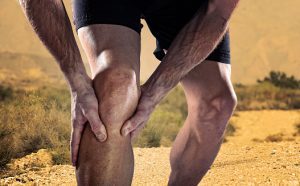
When you start Olympic weightlifting training at ICWA, or any other exercise program for that matter, you’re going to “feel the burn.” But it’s important to pay attention to that burn so that you know whether your muscles (and ligaments and tendons) are just going through normal recovery or screaming for medical attention. Here’s how to tell the difference:
When you exercise, particularly when you do anaerobic exercises to build and tone muscle, like weightlifting and interval training, two things happen:
The soreness that naturally follows from lactic acid and muscle repair typically only last one to five days, depending on how intense the workout was. While soreness may make movement tough, it may actually diminish with exercise, so you do not need to wait for all soreness to dissipate before continuing with your exercise program.
It is possible for aches from muscle injury/repair to last longer than five days. However, when you experience soreness and achiness that is lasting for about a week or longer, there may be cause for concern. Signs and symptoms to watch for to indicate medical attention may be needed include:
If you are taking the maximum daily dosage of anti-inflammatory drugs, like ibuprofen or Aleve, you may want to consult your doctor. Taking these medications, even though they are over-the-counter, can present health risks and side effects. It’s better to get to the root cause of the lasting achiness or soreness instead.
If any time during or after your workout you experience pain—shooting pain, throbbing, tweaks or twinges—Stop! Pain is an indicator of injury. It’s one thing to work through the discomfort of soreness, but trying to work through actual pain is more likely to exacerbate any injury.
If you experience pain, first tell your ICWA trainer. They can provide tips for at-home care, such as RICE:
Most minor sports-related injuries can self-heal without any further intervention.
However, some types of pain and prolonged pain may require further medical examination, such as pain when bending joints or shooting pains in your lower back, buttocks, hips and legs. It is important to get any pains checked out as early as possible. Early interventions are less invasive and allow for quicker recovery and return to the gym compared to invasive procedures like pain blockers or surgery.